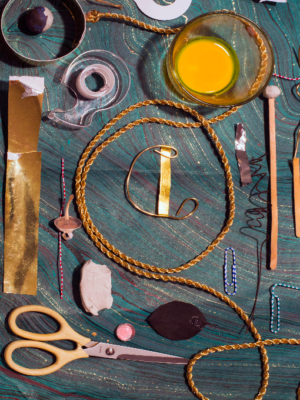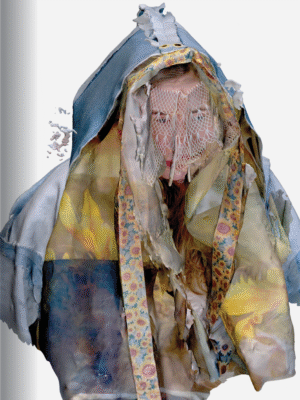BOWKNOT JEWELLERY
– a brooch, ring or pair of earrings in the form of a single or double bowknot. It may be set with gemstones, decorated with enamel and have a pendant attached to the knot. Bowknot brooches were very popular in Western Europe from the second half of the seventeenth century onwards. They are also called lovers’ knots, symbolizing the binding together of people in love. The bow is still a favourite jewellery motif, including for
costume jewellery.
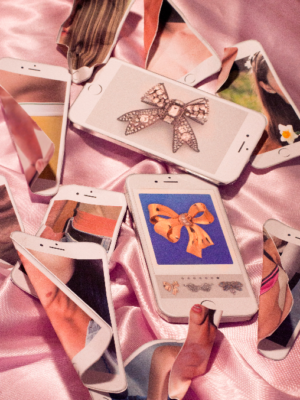
CONTEMPORARY JEWELLERY
– much-used term for modern jewellery from the fifties onwards, made by highly creative individual artists and designers in many European countries and in the United States. At the end of the twentieth century, this term was also extended to the work of jewellery artists from Japan, Australia and many other corners of the world. It is in fact a misnomer, because every piece of jewellery was contemporary when it was made, unless it is a fake or counterfeit intended to look much older than it really is.
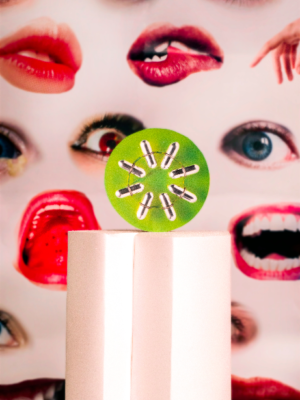
MEMENTO MORI
– Latin for ‘remember that you must die’. A term used to describe objects incorporating emblems of mortality, designed to remind the onlooker of the inevitability of death. Memento mori jewels from the sixteenth and seventeenth centuries can be explicit and rather gruesome, with skulls and whole skeletons. In the eighteenth and nineteenth centuries, the symbolism became more sentimental, with a snake gripping its tail suggesting eternal love, willow trees, birds, statues and knots. Human hair, jet black enamel and inscriptions were also used during the nineteenth century. Seen from a personal perspective, every piece of jewellery that is inherited can be regarded as a memento mori.
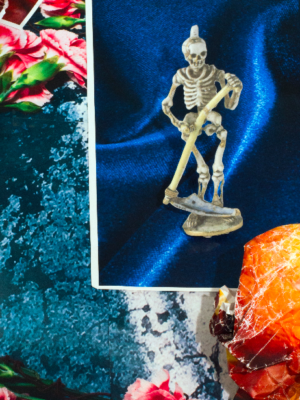
PERFUME JEWELLERY (POMANDER)
– articles of jewellery made with a small receptacle for a substance like musk, ambergris or perfume. It could be a small bottle or vessel with a lid that was worn as a piece of jewellery. Its purpose was to render the air around the wearer agreeable and to have a beneficial effect on his or her health. Pomanders, with their richly decorated enamels and gemstones, were perfectly suited to display the wealth and the refinement of the wearer. Pomander, which derives from the French pomme d’ambre, is the term used for a pierced and sometimes segmented holder for a mixture of spices. Pomanders were worn in the sixteenth and seventeenth centuries, by both men and women.
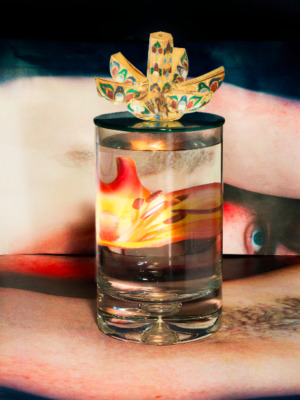
IRON
– metallic element, found in abundance across the world. Used for jewellery in the form of cast iron, wrought iron or wire. See also Berlin iron, casting.
BERLIN-IRON JEWELLERY
– articles of jewellery in cast iron with a bluishblack finish. Some of the earliest factories were in Berlin, which made a variety of goods during the Napoleonic wars at the beginning of the nineteenth century. However, jewellery in blackened iron was also made in the late eighteenth century and throughout the nineteenth century, in Germany and in other countries, especially France.
BLACKSMITH
– a smith working with iron and other nonprecious metals. Blacksmiths seldom made small objects like jewellery, so that any they did make are an interesting reference point for jewellery historians and other researchers.
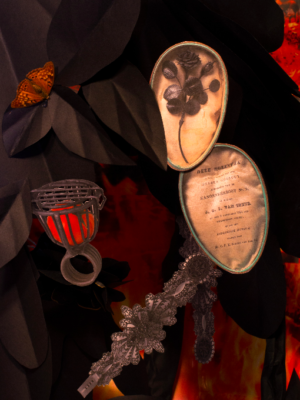
Bowknot: Bow brooch, anonymous, c. 1650 – c. 1675; Bow-shaped Brooch, Adrianus Steen, 1784; Brooch, Lawrence Vrba (United States), c. 1980–90 Patinated metal, glass, 10.5 x 13 cm Collection Marjan and Gerard Unger, Bussum; Brooch, Vos & Co., Juweelfabriek Vos Diamant Mij, (The Hague), c. 1950–53, Gold, diamond, 4.5 x 3.6 cm, Rijksmuseum, Amsterdam
Gift of Marjan and Gerard Unger, Bussum 2009
© Vos & Co.
Contemporary: Paul Derrez, Pills Brooch
Memento Mori: Seal in the shape of death, Anonymous (Germany), c. 1600, Gold, enamel, h. 3 cm, Rijksmuseum, Amsterdam
Perfume: Pomander, anonymous, c. 1600 – c. 1625, This pomander is shaped like a pomegranate, which was a symbol of vitality in the 16th century. The spherical part is made up of six sections, each one consisting of a little box, whose lid can be lifted. The boxes contained aromatic balms, which could serve as perfume as well as medicine. Pomanders were hung from a chain or a belt
Iron: Rose branch made of iron from the gunboat of Jan van Speijk, anonymous, after 1831 – after 1832; Johann Conrad Geiss, Pair of bracelets, c. 1815-35; Cherry Ring, Hans Stofer (b. 1957), 1994, Iron, d. 2.4 cm, h. 6.3 cm Collection Marjan and Gerard Unger, Bussum
OBSESSED! Jewellery in the Netherlands is a festival that unites the best events focussing on jewellery – exhibitions, symposia, fairs, book presentations and open studios – into one intriguing programme, put together by Current Obsession.
OBSESSED! runs throughout the whole month of November’17, in various cities across the Netherlands, accompanied by a special free edition of Current Obsession Paper and an interactive webpage.
